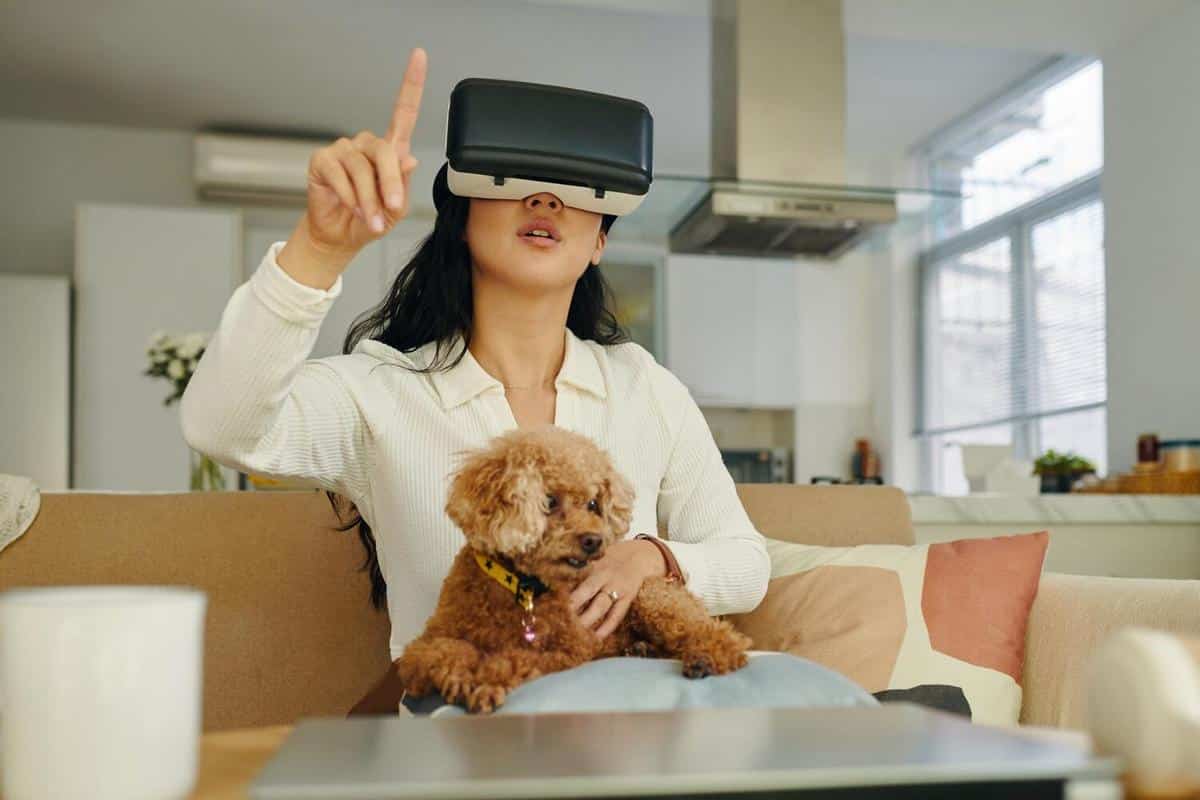
The Role of Robots in Pet Care: Benefits and Limitations
Imagine a world where your pets receive care and attention even when you’re not around. The rise of robotics in pet care is transforming this vision into reality, offering innovative solutions to some of the challenges pet owners face.
Robots are increasingly becoming a part of our daily lives, and the realm of pet care is no exception. From feeding and entertaining pets to monitoring their health, robots offer a range of benefits that can enhance the quality of life for both pets and their owners.
Benefits of Robots in Pet Care
One of the key advantages of using robots in pet care is consistency. According to Dr. Emily Walker, a veterinarian with over 15 years of experience, “Robots can provide a level of consistency and precision in routine care tasks that can sometimes be challenging for busy pet owners.” This includes tasks like feeding at regular intervals, which is crucial for maintaining a pet’s health.
Research shows that interactive pet robots can reduce separation anxiety in dogs. A study conducted by the Pet Technology Institute found that 70% of dog owners noticed a decrease in anxiety symptoms when their pets interacted with robotic companions during their absence.
Table: Robot Functions in Pet Care
| Function | Description |
|---|---|
| Automated Feeding | Dispenses food at scheduled times. |
| Health Monitoring | Tracks activity levels and vital signs. |
| Entertainment | Engages pets with interactive play. |
| Surveillance | Provides live video feed of pets. |
| Cleaning | Automates litter box cleaning. |
| Training | Assists with obedience training through commands. |
| Communication | Facilitates owner-pet interaction remotely. |
| Grooming | Automates brushing and cleaning. |
Limitations to Consider
Despite the numerous advantages, there are limitations to the integration of robots in pet care. One prominent concern is the cost. High-tech pet robots can be expensive, which might not be feasible for all pet owners. Additionally, while robots can supplement care, they cannot completely replace the emotional bond and understanding that humans provide.
Furthermore, not all pets may respond positively to robots. Some animals may be frightened or confused by their presence, leading to stress rather than comfort. It is essential to assess your pet’s temperament and introduce robotic devices gradually.
Gradually introduce your pet to new technology. Start with short interactions and monitor their response before increasing usage.
Actionable Tips for Pet Owners
- Research and select a robot that suits your pet’s specific needs.
- Monitor your pet’s reaction and adjust accordingly.
- Combine robotic assistance with human interaction for balanced care.
Frequently Asked Questions
Can robots completely replace human interaction for pets?
No, while robots can assist with routine tasks, they cannot replace the emotional connection and understanding that humans provide.
Are pet care robots affordable?
Costs vary widely. Some basic models are affordable, while advanced robots can be quite expensive.
How do I introduce my pet to a robotic device?
Introduce the device gradually, starting with short and supervised interactions to ensure your pet is comfortable.
In conclusion, the role of robots in pet care is expanding, offering both convenience and enhanced care options. While they provide valuable support, it’s important to balance their use with personal interaction to maintain the emotional well-being of pets. By understanding both the benefits and limitations, pet owners can make informed decisions about incorporating technology into their pet care routine.


